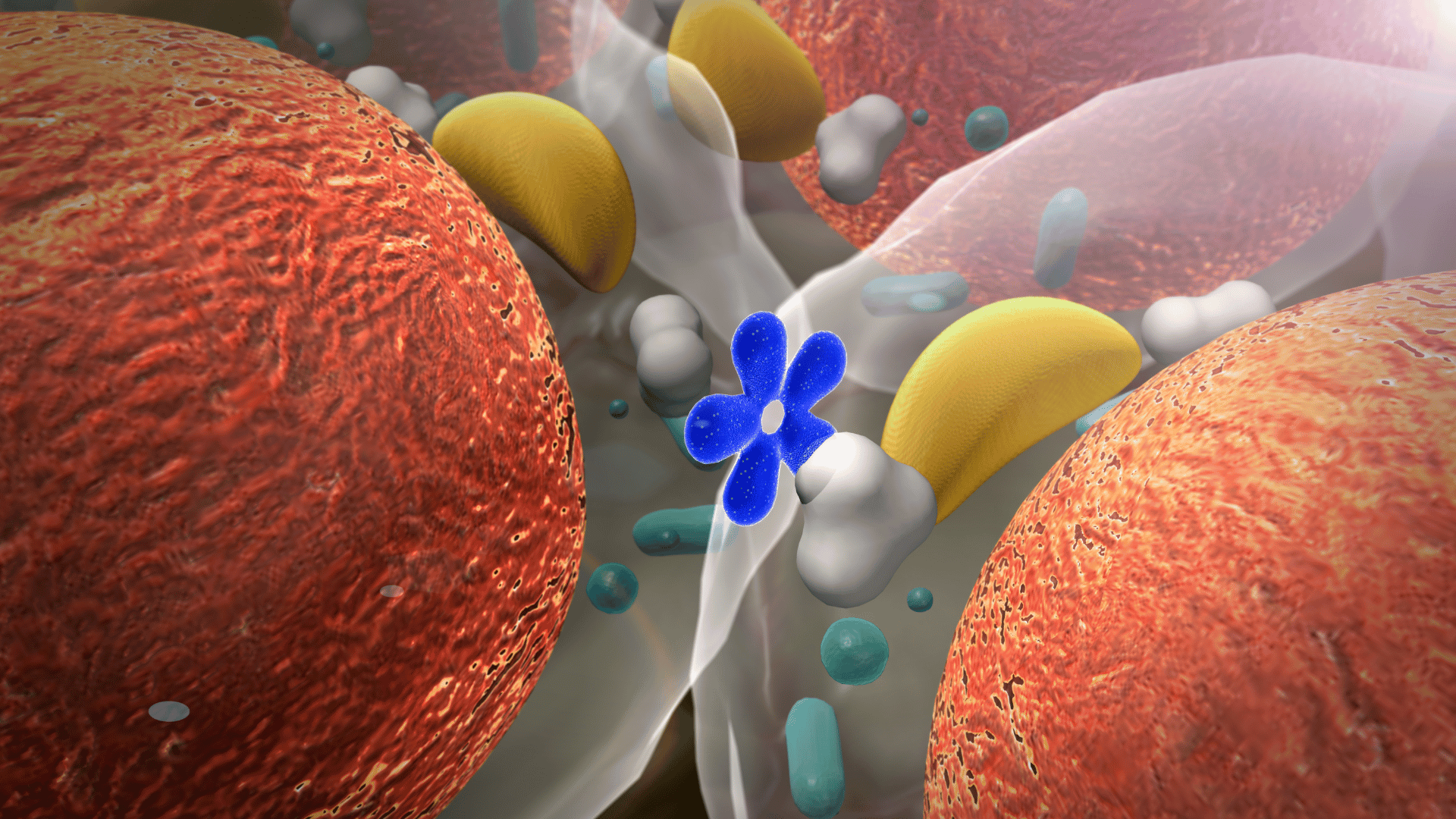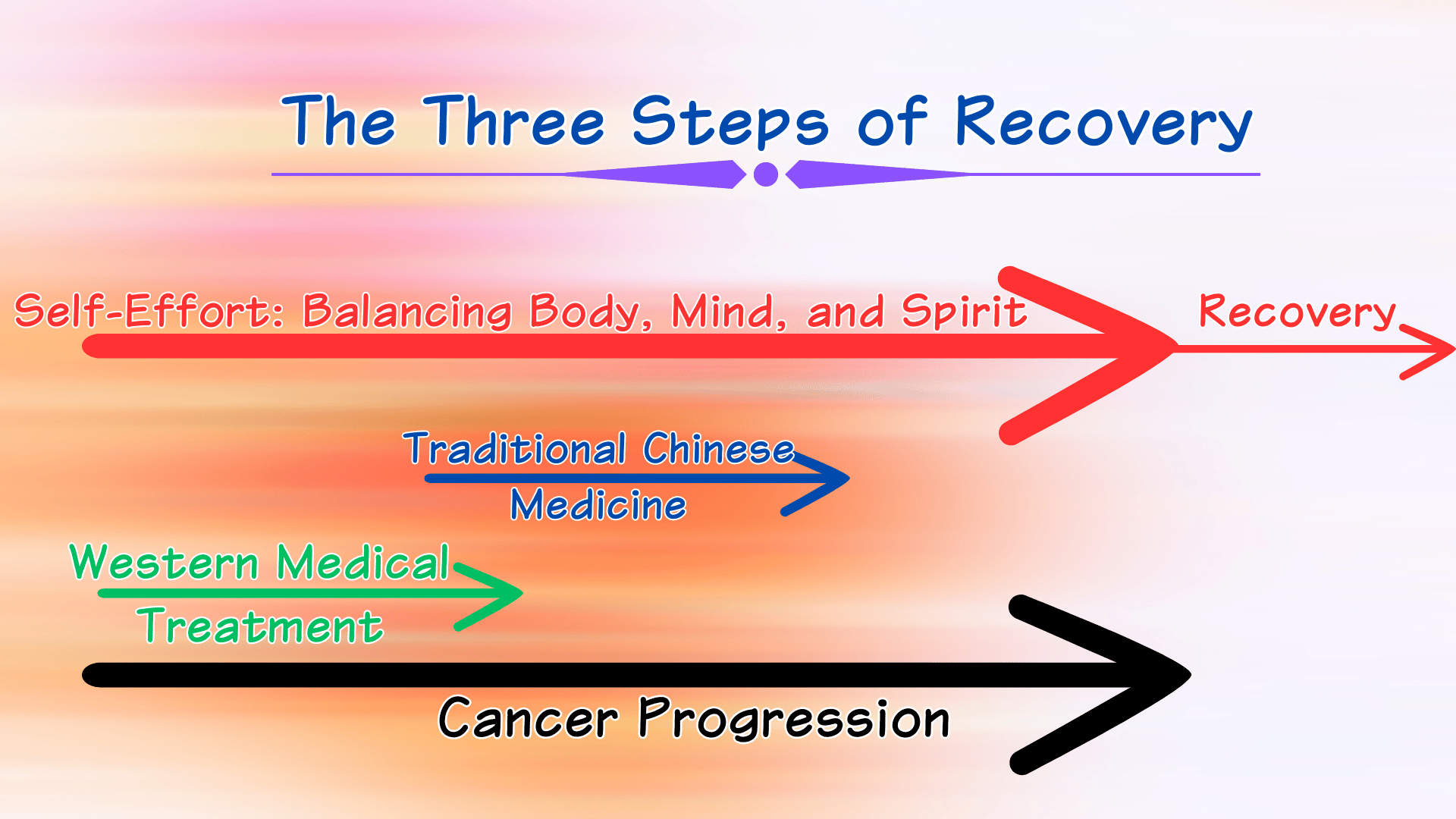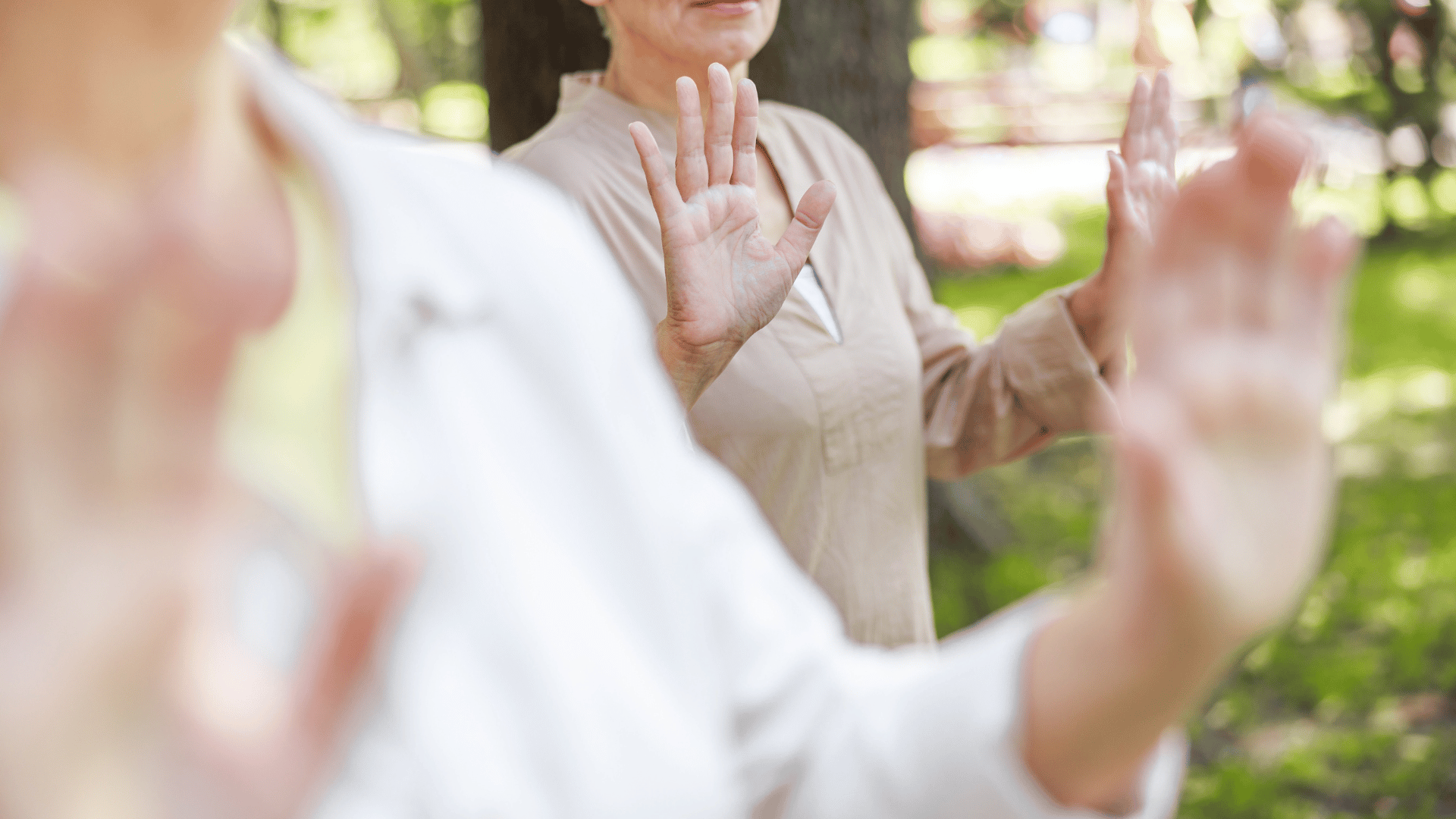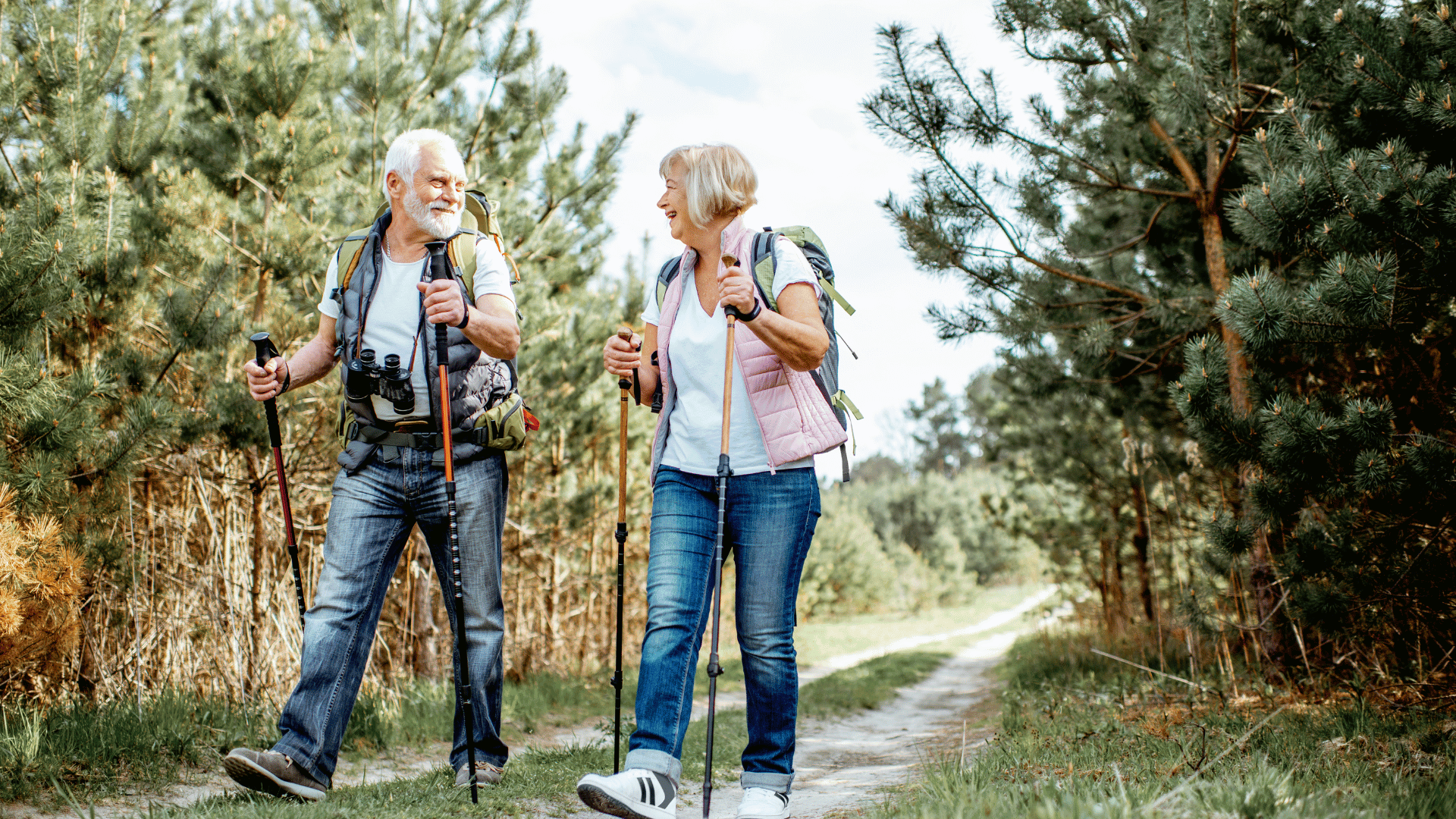about
Self-Healing
Four Key Self-Healing Methods: Optimistic mindset, Balanced Diet, Adequate Sleep, Moderate Exercise.
Since being diagnosed with cancer, I have come to realize that many people often experience relapses after treatment and recovery, or succumb to complications such as severely low white blood cell counts, leading to death. This profound realization has taught me that combating cancer cannot rely solely on doctors but must also involve self-reliance. "Treating the root cause is essential in curing illnesses." Medications and surgeries provided by doctors can only provide temporary relief. However, if one's habits and lifestyle remain unchanged, illnesses will still come knocking at the door afterward. Thus, the fundamental way to prevent cancer is to build a constitution that is less susceptible to it. Optimistic mindset, balanced diet, sufficient sleep, and moderate exercise are considered the four pillars of self-healing.
The Nemesis of Immune Cells
Only by letting go of fear can the body’s immune system be strengthened. Maintaining mindfulness and utilizing the process of “meditation” to live in the present moment and focus on “breathing” allows the body to slowly recover.
An optimistic mindset [Everything is created by the mind]
Many people focus solely on “medical treatment,” “diet,” and “exercise” when fighting cancer, neglecting the essence—the healing of our “roots,” which is our “mind”—is essential for true recovery.
The perception of the same event varies among individuals. Some, upon being diagnosed with cancer, question, “Why me?” Others brush it off with a smile, considering it not a big issue.
I have observed many recovery miracles, mostly achieved by facing cancer with a positive mindset (mind), actively changing their mindset and lifestyle to care for the body (body). Most importantly, they share a common belief (spirit): “I will definitely get better.”
Understanding Energy
Dr. Wu Zhiqing mentioned in her book “Me in Every Lifetime” the “energy levels of human consciousness”: higher levels of “positive consciousness” are sequentially “enlightenment,” “tranquility,” “joy,” and “love,” where “enlightenment” refers to reaching a state similar to that of a Buddha or a Bodhisattva. On the other hand, “pride,” “anger,” “desire,” “fear,” “sadness,” “indifference,” “guilt,” and “shame” constitute “negative consciousness” energy.
“Synchronous Resonance” tells us that the closer the frequencies, the stronger the resonance. If we constantly dwell in emotions of “lack” and “fear,” we may attract more of the same. By elevating our frequency and aligning with the high-energy of the universe, we naturally attract more “joy” and “tranquility.” Christianity also advises repentance to receive God’s redemption, which aligns with the Holy Spirit through frequency adjustment, illustrating similar principles through different paths.
Contentment and Helping Others
Human nature has a peculiar tendency to focus on what is lost rather than what is gained. If everything goes smoothly throughout the day but one accidentally gets a ticket from the police, the mood immediately plummets. This is why people often fail to appreciate and instead complain—not because we receive less, but because we excessively fixate on losses. Overcoming this human weakness requires cultivating a sense of gratitude. Practice writing down daily “small joys” and be thankful for all the beauty the universe brings us. By doing so, the frequency of our energy naturally increases.
Why do people often say to cultivate contentment and gratitude? Because contentment leads to happiness. Why “helping others brings joy”? Because love brings positive energy and joy. When we excessively pursue sensory stimulation, it’s difficult to achieve inner peace. However, if we naturally feel joy and maintain a joyful heart, inner peace is preserved. If the mind remains undisturbed and peaceful for an extended period, enlightenment, akin to that of Buddha, is within reach.
Balanced Diet
Nutrition plays a pivotal role in cancer treatment and recovery. A balanced diet strengthens the immune system, aids tissue repair, and mitigates treatment side effects. Emphasize a diet rich in nutrients, especially during and after treatments like radiation or chemotherapy.
Adequate Sleep
Prioritize quality sleep to support overall well-being. Establishing a sleep routine, managing insomnia, and understanding the body’s natural sleep-wake cycle contribute to optimal rest.
Professor Seiji Nishino recommends practices like maintaining comfortable room temperature and bedtime rituals for better sleep.
Professor Seino Seiji mentions, “The first 90 minutes of sleep are crucial because the body enters deep sleep. Afterward, sleep becomes progressively lighter until waking up.” Hence, it’s common to hear people say, “Don’t disturb someone who just fell asleep.”
Regular Daily Routine
A regular daily routine includes good sleep habits, regular meals, appropriate rest, and physical activity.
I have read Dr. Li Feng’s book “Treating Cells Well Leads to a Better Life.” During her third year of pursuing a graduate degree in Canada, she was diagnosed with lymphoma. Despite the physicians who treated her passing away earlier, she has lived over 45 years after battling cancer, attributing it to maintaining a regular daily routine.
4 A.M. — Wake up, drink water, engage in meditation exercises, have breakfast.
5-7 A.M. — The colon’s qi and blood are plentiful, suitable for bowel movements and waste elimination.
7-9 A.M. — The stomach’s qi and blood are plentiful, making it easy to digest food.
11 P.M. – 3 A.M. — The liver and gallbladder systems have the most abundant qi and blood. It’s best to sleep soundly during this time, allowing the liver and gallbladder to detoxify and the body to produce blood.
Dr. Li Feng advises, “Don’t mistreat your cells. Overeating, excessive drinking, and staying up late without sleep are forms of mistreatment.”
Moderate Exercise
In addition to maintaining a balanced diet, exercise is essential. According to guidelines from the American Cancer Society, exercise can bring various benefits to cancer patients, including improving physical function, reducing anxiety and depression, and enhancing overall quality of life. They recommend that cancer patients engage in at least 150 minutes of moderate-intensity exercise or 75 minutes of vigorous-intensity exercise per week, along with at least two days of strength training.
According to the book “Spark: The Revolutionary New Science of Exercise and the Brain” co-authored by John J. Ratey and Eric Hagerman, the frontal lobe of the brain is responsible for learning, while other areas handle storage and retrieval. If we don’t use a particular word for an extended period, neurons can lose their connection, leading to forgetfulness. BDNF (Brain-Derived Neurotrophic Factor) acts as fertilizer for the brain, and exercise stimulates its secretion. Studies on mice that regularly run show significant growth in the hippocampus, with higher BDNF levels compared to sedentary mice. Additionally, the book mentions that exercise can promote the regeneration of brain cells, making us more intelligent.
Activating Mitochondria
Dr. Li Zhengjia, a Doctor of Chiropractic Neurology, emphasizes the close relationship between “Mitochondrial Degeneration” and “Cancer”! He mentions that mitochondria are like the batteries of the body, providing energy to our cells. The more significant the workload of organs, the more mitochondria they contain. The development of cancer is associated with mitochondrial degradation. Prolonged consumption of large amounts of carbohydrates or exposure to a polluted environment can lead to mitochondrial aging. To avoid cancer, it’s essential to activate mitochondria. Here are four methods he suggests:
- Fasting: Allows the body to undergo autophagy, clearing unhealthy mitochondrial DNA and generating new mitochondria.
- Ketogenic Diet: Increases the proportion of fat in the diet, reducing the food source (glucose) needed by cancer cells. Ketones produced during the breakdown of fats provide energy for body cells.
- Sun Exposure, Ice Bath, Grounding: Sun exposure and ice baths recharge the body in different ways, while grounding helps neutralize the body’s free radicals with the Earth’s negative charge.
- Exercise: Higher intensity exercise increases the metabolic rate of mitochondria.
Self-Healing Courses/Workshops
I enjoy participating in various courses to absorb different perspectives. After all, despite the abundance of resources on the internet, information found by the same person tends to be quite similar. Only by personally engaging can one break through their blind spots. There are numerous self-healing courses available, such as meditation, mindfulness practices, relaxation techniques, and psychotherapy. Dr. Xu Ruiyun frequently organizes many self-healing courses, offering early bird discounts. Self-healing courses can aid in stress management (boosting immune function), stabilizing emotions, enhancing mental flexibility, alleviating discomfort, and improving sleep quality.
Massage/Acupressure on Meridians
For cancer patients, massage may help alleviate stress and anxiety during the treatment process, reduce pain and discomfort, and improve sleep quality. Additionally, some individuals express that massage can assist them in better coping with treatment side effects such as nausea and fatigue. Furthermore, our bodies have numerous acupoints. For instance, in the scientific Qigong advocated by Dr. Li Sichen, the former president of National Taiwan University, there is a practice called “Qiazhi Gong,” involving the use of the thumb’s fingertip to press on meridians and acupoints. Many chronic issues are said to find relief through this non-pharmacological approach.
Qigong
Internal Qigong, as emphasized by Dr. Huang BingZhong, focuses on strengthening ATP, a key factor in enhancing mitochondria. The practice emphasizes the coordination of breath and movement—exerting force during inhalation and relaxing during exhalation. The intentional effort during inhalation enhances oxygen intake, and Dr. Huang personally practices this Qigong for 1-3 hours daily, sometimes extending to 6 hours. He reports improved blood circulation compared to before.
Walking
Dr. Huang Xuan once mentioned that according to the “Journal of the American Medical Association,” adults should engage in at least 150 minutes of moderate-intensity aerobic exercise per week or 75 minutes of vigorous-intensity exercise. Researchers believe that walking can reduce the risk of cancer in the following ways, including:
1. Reducing body weight.
2. Improving the immune system.
3. Decreasing inflammatory responses.
Ms. Ji Zheng, also known as the “leaping antelope,” solved her postpartum urinary incontinence problem that had troubled her for 20 years by walking, and she also lost 20 kilograms within six months by brisk walking.
Cancer fighter Sun Zhengchun went from not walking at all to walking for six hours a day. He gradually walked, walked barefoot, and carried dumbbells for resistance. He ate leaves, drank leaf water, built a “home on the mountain,” and ate yogurt for three meals, thoroughly changing his physique. The disappearance of two tumors in a hundred days is not a miracle but a powerful practice of “movement, greenery, and milk.”
Forest Hiking
Mountain forest hiking, or forest hiking, is a type of aerobic exercise that helps improve cardiovascular function and endurance, strengthen muscles and bones, enhance mental well-being (alleviate stress, boost mood), promote circulation and metabolism (eliminate toxins), and bolster the immune system (combat infections and diseases).
Bathing/Foot Soak
Professor Seino Shoji from Stanford University once suggested in a book that taking a bath or footbath 90 minutes before bedtime can help lower our body temperature, leading to a quicker onset of sleep.
Cancer cells dislike heat and thrive in anaerobic conditions. In cancer treatment, heat application or hot baths can sometimes serve as an adjunctive therapy, but it usually requires supervision by medical professionals.
My friend who recovered from cancer encouraged me to release internal fluids by taking a bath when my pleural effusion was severe. I found that after bathing for an hour, I experienced profuse sweating, a rise in body temperature, and soon after lying down, I fell asleep comfortably.
Signals from the Body
“Hungry, eat; thirsty, drink; tired, sleep.” This is common knowledge, but do we all follow it? Not necessarily. Despite knowing these basics, many people find themselves in awkward situations at work, unable to leave despite the urge. Sometimes, the urge is there, yet it’s procrastinated, leading to the eventual outcome of constipation. Before being diagnosed with cancer, my body sent me various signals. Persistent sciatic pain and imbalance in the meridians on the left side of my body planted the seeds for future cancer. Chronic insomnia became the last straw before the cancer diagnosis.
















